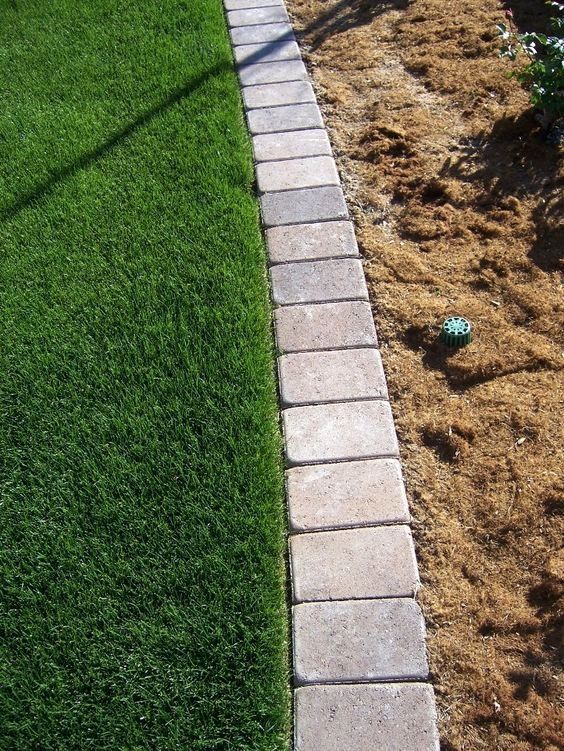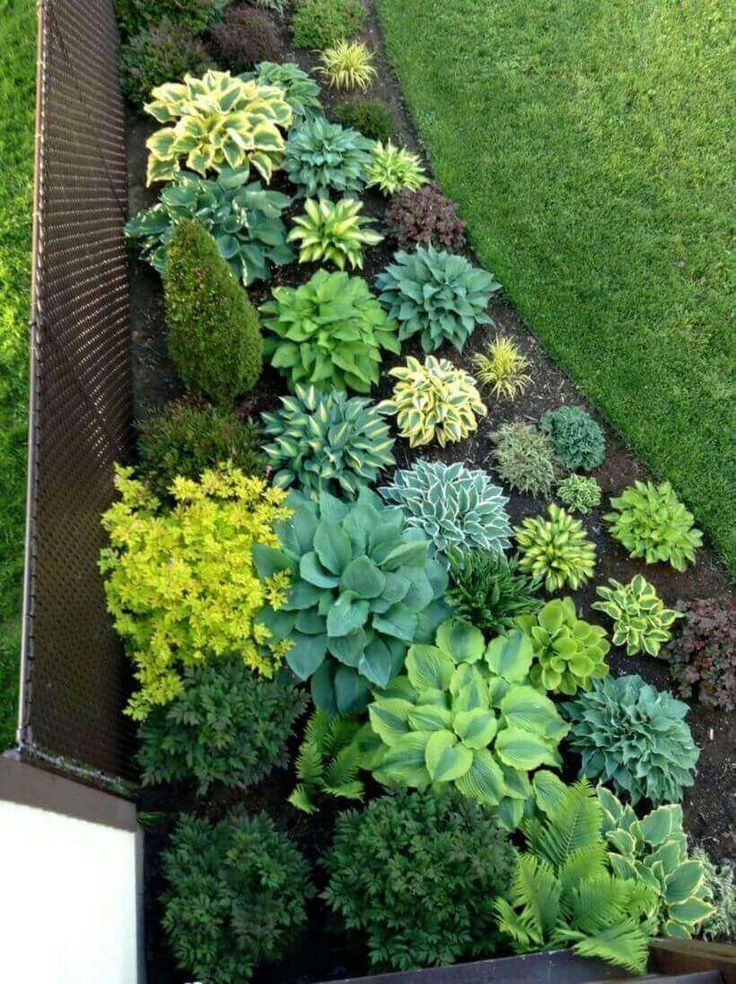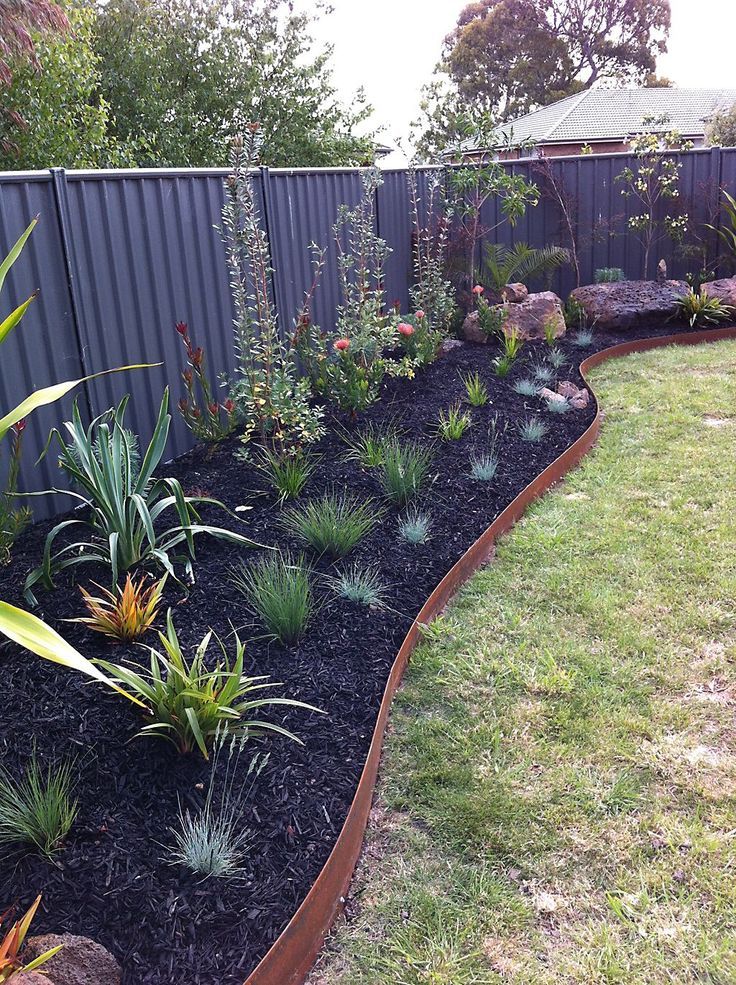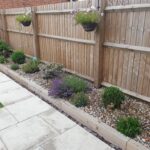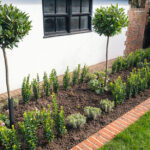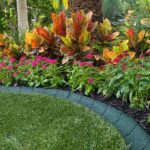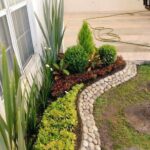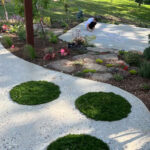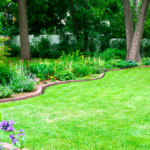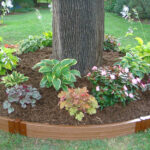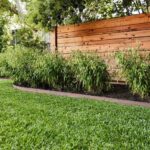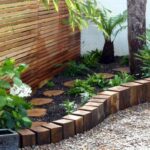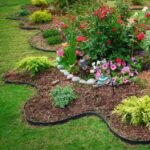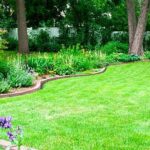Garden design edging is an important aspect of creating a visually appealing and well-maintained garden. Edging serves both a practical and aesthetic function, helping to define borders, prevent erosion, and add structure to outdoor spaces. There are many different materials and styles that can be used for garden edging, allowing for creativity and customization in garden design.
One popular option for garden edging is using natural stone, such as limestone, granite, or slate. Natural stone edging provides a timeless and elegant look to any garden, adding a touch of sophistication and luxury. Stone edging is durable and long-lasting, making it a practical choice for garden borders that will stand the test of time.
Another common material for garden edging is metal, such as steel or aluminum. Metal garden edging is sleek, modern, and versatile, allowing for straight lines and sharp angles to be easily achieved. Metal edging is also a more affordable option compared to natural stone, making it a popular choice for budget-conscious gardeners.
Wood is another popular choice for garden edging, providing a rustic and natural look to outdoor spaces. Wood edging can be easily customized and shaped to create curves and borders that fit the unique layout of any garden. However, wood edging may require more maintenance and may not be as durable as other materials, so it is important to choose a high-quality wood and treat it properly to ensure longevity.
For a more eco-friendly option, recycled materials can be used for garden edging, such as old bricks, railway sleepers, or even glass bottles. Using recycled materials not only adds a unique and creative touch to garden design but also helps reduce waste and minimize environmental impact. Recycled materials can be easily sourced and repurposed, making them a sustainable choice for garden edging.
No matter what material is chosen for garden edging, it is important to carefully plan and design the layout to ensure a cohesive and harmonious look. Edging should complement the overall style and aesthetic of the garden, enhancing the beauty of plants and flowers rather than overshadowing them. With the right choice of materials and careful consideration of design, garden edging can elevate the look of any outdoor space and create a truly stunning landscape.
